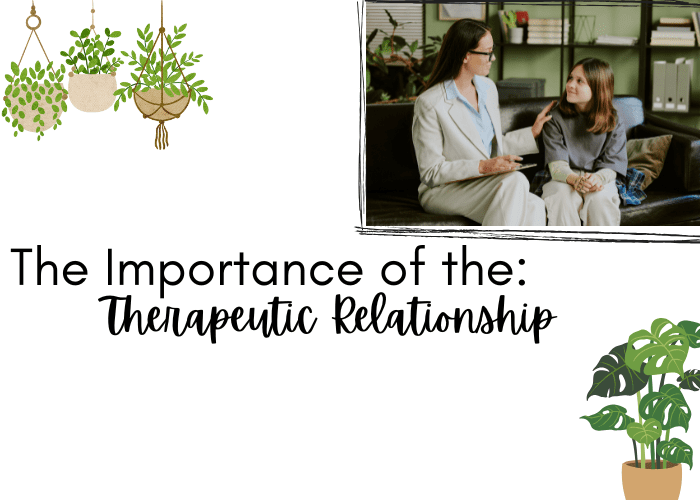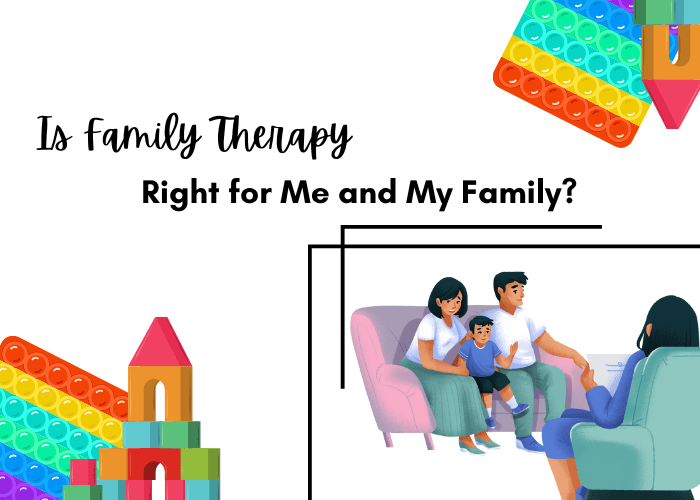When thinking about starting therapy, it can be intimidating to know where to start or what is going to work for you. The mental health world is full of acronyms and names of systems with little explanation as to what they mean on therapists’ profiles. Strengths based interventions is one of those modalities that people may see on a therapist’s profile but may not know what it means.
What are Strengths Based Interventions?
This form of therapy is also known as a strengths based approach. From the name, it’s easy to guess that it works upon building a client’s strengths. One could say that about most forms of therapy, though! So what makes this one so special? Strengths based interventions are based within the realm of positive psychology, which is the science of human strengths and resilience.
The idea with this type of therapy is that the client is who pushes change within their lives. Clinicians work with clients to build their resilience and work on their strengths in order to get through hardship and initiate change within their lives. The focus is less on reducing negative thinking and more on increasing positive thinking. This increase on positive thinking allows the client to focus on enacting change through valuing their strengths rather than focusing on why they’re unhappy.
What is it Used to Treat?
Like other types of therapy, strengths based interventions can be used to treat a large spectrum of disorders and concerns. However, it is especially helpful for those with low self-esteem, trauma, and depression. It’s also often helpful for couples or families who are trying to work on their relationship dynamics.
How Does it Work?
There are 9 principles that clinicians generally use when structuring their strengths based interventions. Some of these principles are a belief that everyone possesses unique traits that can help them move through life, to be adaptive and value differences, and that the client tells their story, that we must be careful with the words we use with our clients.
The tricky part is to make sure to acknowledge difficult feelings and negative emotions while also focusing on the good parts you have. It’s also important to acknowledge that some things people consider strengths could be harming you in life. For example, kindness is a strength, however when we don’t have boundaries, kindness can become a weakness that harms us. Working with the right therapist with this approach will require balancing both the acknowledgement and processing of difficult feelings while also focusing on the good parts of us and working to strengthen them.
How do I find a Therapist who uses Strengths Based Interventions?
Many therapists who use this form of therapy, or implement parts of it, will have it clearly listed on their profiles. At Compassionate Counseling Company, we have a few clinicians who use this modality with their clients (Meghan, Ashley, Emily, and Bianca). You can also check the profiles of clinicians listed through your insurance or on database websites like Psychology Today.



